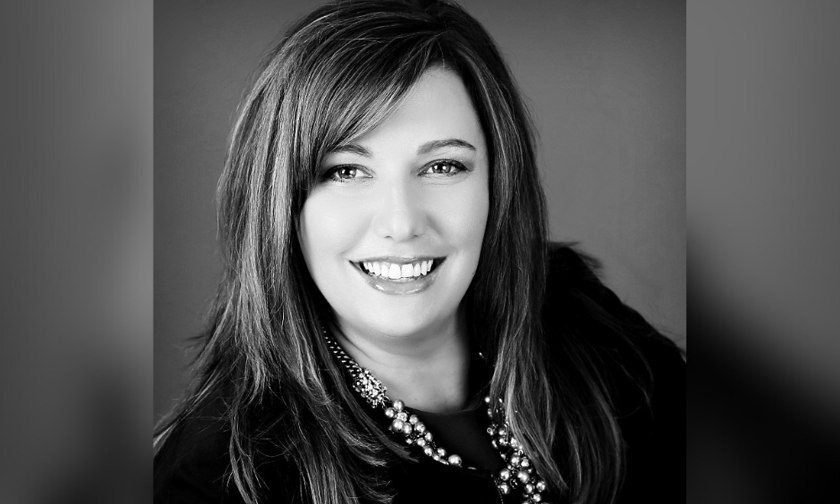

While casualty took its rightful place at the table of discussions at RVS in Monte Carlo this year, property remained firmly entrenched as ‘the favorite’ of the reinsurance world.
In Aon’s ‘Reinsurance Renewal Season’ briefing ahead of the conference, Tracy Hatlestad (pictured), head of property reinsurance at Aon outlined her expectations for the market going forward, should present conditions continue. She broke the conversation down into five key areas, with the robust capacity for property-catastrophe risk being the first. “Despite new balance sheet entrants not coming into the market, increased rates and retentions over the last few years, as well as reinsurer earnings over the last 18 months, have served to significantly increase the supply available for cat risk.”
This was evident throughout 2024, which has seen a circa 10% increase in demand across the market being well met by supply from reinsurers, and the cat bond community in particular. Some of that is as a result of increased inflation and increased private marketing purchasing in peak-zone risk in Florida, she said. Some of it is a result of pent-up demand from 2023 purchasing and budgeting constraints, as well as an evolving view of risk.
Cat bond issuances continue to reach new peak levels and grow at a faster pace than traditional markets, she said. Meanwhile, sponsors have risen from 46 about a year ago to 66 in the last 12 months, and more than $45 billion in cat bond capacity is outstanding in the cat market today. “As far as inflation trends going forward, we think that those have eased. We expect that demand will continue to increase in 2025 albeit at a slower rate than what we saw in 2024, likely circa sub 5% to 5%.”
The second area highlighted by Hatlestad is that, even with the expected softening in rates, reinsurers’ expected returns are still attractive and will likely meet target ROE expectations. There’s no suggestion that the market should forget the market activity seen in the period between 2017 and 2022, she said, but it’s important to remember that, prior to that, the back and forth of years of heightened loss experience and positive reinsurer results promoted a really strong, balanced relationship with reinsurers and their cedents.
“We’re looking to have that happen again in 2025,” she said. “Our internal analysis of the global property cat market, on a multi model and adjusted historical loss view, suggests that even with those softening rate trends, reinsurers will meet their target ROE levels, with average or expected loss outcomes. And we expect just that to occur as we price 2025 risk.”
Thirdly, Hatlestad indicated that the market will likely continue to be competitive for cat risk. Reinsurers, against that backdrop of ample supply, will create competition, she said, and Aon expect the reinsurers to come to market with a partnership minded approach. This takes a few forms, one of which is support across all layers of property catastrophe programs across the globe, but also a more holistic approach to the other placements that cedents are looking to purchase in today's market. Understanding those priorities of individual cedents will be key for any reinsurers looking to achieve growth ambitions.
“[Number four], the market can do more to provide frequency protection for cedents,” Hatlestad said. “Just putting property losses into context, we saw nearly $125 billion of insured cat loss in 2023, as a year, and the vast majority of that was retained by insurers. I think we're all aware of that. Over 50% of the losses in the last two decades has come from cat losses other than hurricanes and earthquakes. And over the last five years, severe convective storm has topped cyclone risk loss as the highest cause of cat loss insured in the market.
“As a market, we expect that reinsurers will have capital to put to use to protect against the volatility of this risk, and those that are able to collaborate with Aon and cedents to find custom frequency protection that's fit for purpose - because it is different for every cedent - will be best positioned to grow across their core clients and see stronger long term gains in the market.”
The fifth and final trend spotlighted by Hatlestad is around renewal expectations for reinsurers, in general, with Aon anticipating that the current market trajectory will see renewals continue to be more competitively priced. Insurers will have high expectations for reinsurers meeting deadlines for quoting and clean authorizations in a consistent manner, she said. “Responsiveness to individual cedent’s priorities will be a key indicator to insurers of the level of commitment that a reinsurer brings to the renewal process.”
